"Dancing plague" of the middle Ages — a deadly epidemic, the nature of which is still debated
Categories: Health and Medicine | History
By Pictolic https://pictolic.com/article/dancing-plague-of-the-middle-ages-a-deadly-epidemic-the-nature-of-which-is-still-debated.htmlAmong the many different epidemics, vukasinovich the population of Europe for the last thousand years, "the dancing plague" can be called the most mysterious and strange. For several centuries this plague harassing people, then retreating, then reappearing out of nowhere, and gathering his harvest. The victim of this disease, began to dance as usual and did not stop until he fell exhausted or did not die from cardiac arrest.
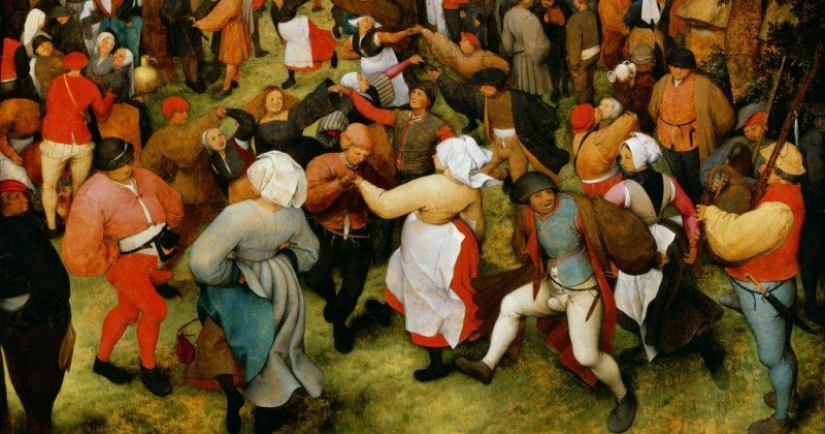
The first officially reported case of "dancing plague", or as they say — choreomania occurred in the 1020 year in one of the cities of Germany. There is group of peasants, who came to the Christmas fair from the surrounding villages, danced a few weeks. They desperately begged for help, but died one after another, not receiving it. Otherwise, how the machinations of evil spirits to explain this behavior was nothing.
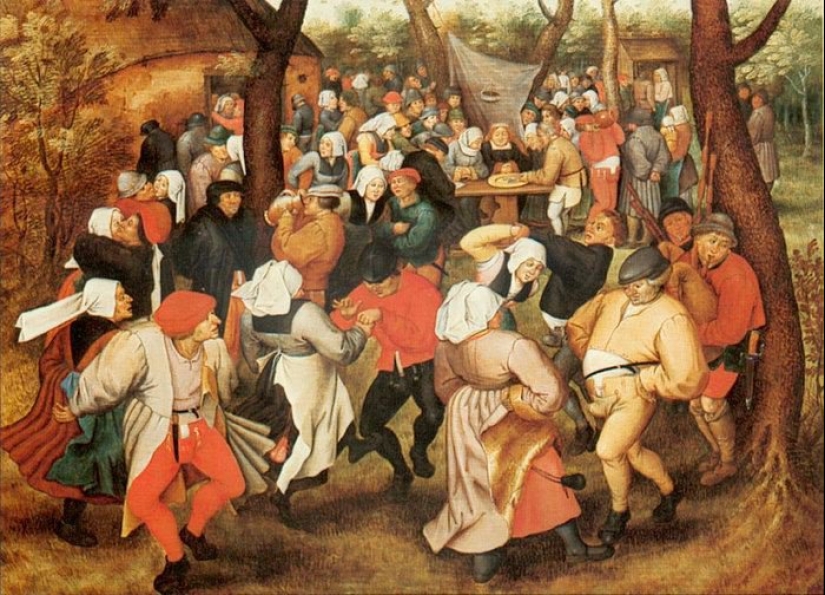
This disrupted the Christmas holiday is considered the beginning of the epidemic, which the waves rolled on Europe for several centuries. Then, people suddenly started to dance, pulling in a frenzy of new participants, which could total several thousand. Sometimes dances were complemented by sexual orgies overwhelming lust overcame those who managed to avoid the deadly dance.
Started the next wave of "dancing plague" with where he started to dance by one person. Often it didn't even need music — just a poor began to feel an irrepressible need to dance with maximum dedication. Soon this dancer was joined by family and friends, neighbors, people on the street, the guards in the market square and all unlucky enough to be nearby.
Strange attack did not distinguish between men and women, rich and poor, young and old. Dancing indulged these burghers, stern knights and the poor tramp. To escape from the dance it was impossible even behind the monastery walls — dance craze easily mastered even the most God-fearing clergy. Dance could be covered from a few dozen to a few thousand accidents.
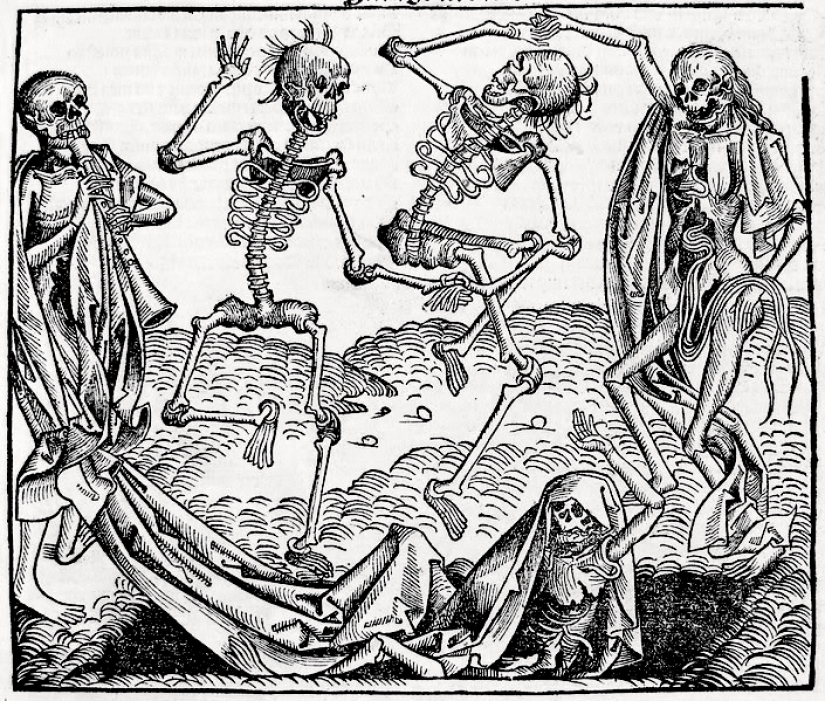
Caught in the arms of a strange disease, not just energetically danced, and behaved like the real madmen. Some began to laugh incessantly, while others wept and still others fell into a panic and a loud, incoherent cry for help.
Often dances were accompanied by obscenity — shouting filthy language, obscene gestures, and even nudity. In some cases attacked other accidents or simply bystanders with the goal to have sex with them and then the example of one patient followed by others.
The epidemic did not always kill his victims and that differed from the plague. Everything depended on the physical preparation of the person and his health. Attack dance fever could last a week, without breaks for eating or sleeping and survive under the influence of a continuous load could not every.

On the engraving of Hendrik Hondius men trying to help three women affected by the disease
Even contemporaries noted that the attack has a positive impact on demographic indicators in the cities and villages. First, could survive only the strongest people and second, orgies, successive dances, contributed to a sharp surge in the birth rate.
As we have said, the victims choreomania didn't need a melody, which is obviously played in their minds. One time someone even offered to fight the epidemic through music, knocking "dancers" from the set of their disease rhythm bravura marches or, conversely, romantic ballads. Therefore, some of the lesions resembled reversee party.
To fight the epidemic, tried a variety of ways. First and foremost, it took the Church that was seen in "dancing plague" the machinations of Satan. But no exorcism or mass processions and the burning of witches did not help to solve the problem. As in the case of conventional plague, the attack can be stopped only by isolating began to dance, others to those not infected.
Begun in the XI century, the disease reached its apogee in the XIII-XVI centuries. Outbreaks have occurred suddenly, in the various kingdoms and principalities every few years. Most affected by the epidemic were Germany, Holland, France and Italy.
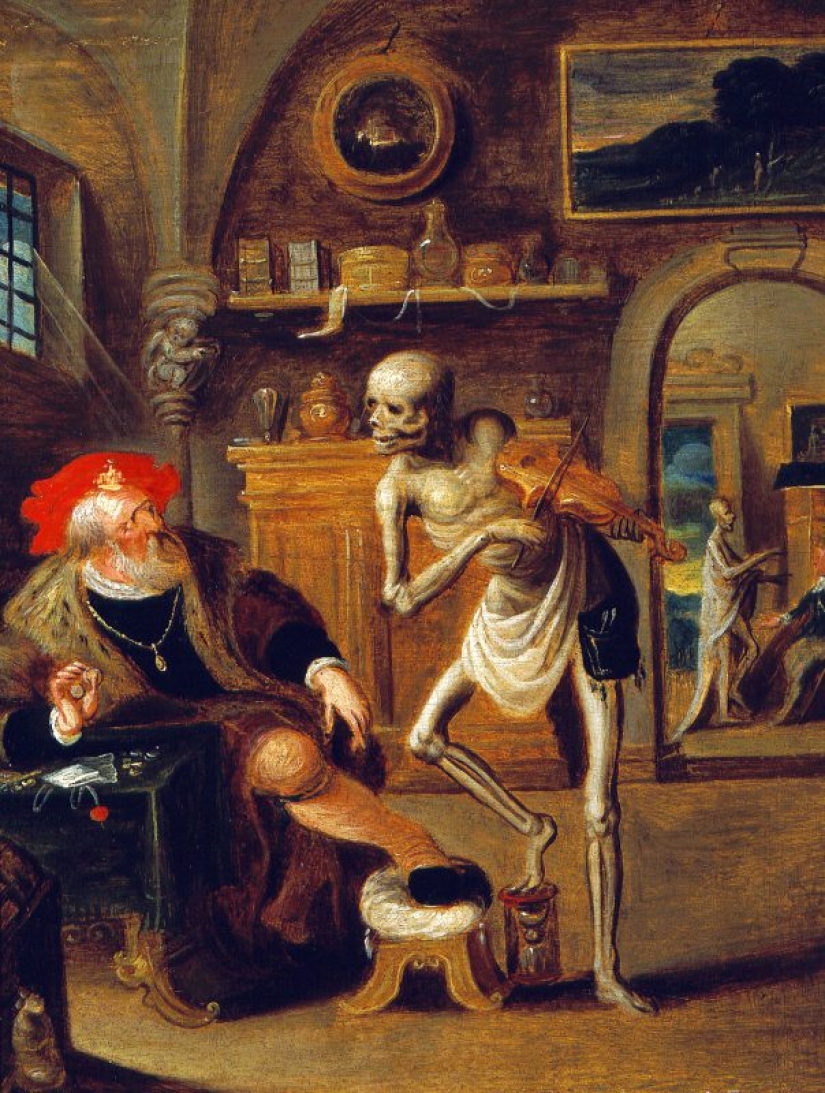
In the XVI century, the incidence of this choreomania went into decline and in the XVII century "the dancing plague" disappeared as suddenly as they appeared. Over the past four centuries not described a single case of this disease and if not historical documents from different countries, it was possible to think that the epidemic was someone's imagination.
In our days, scientists still only speculate what could be the cause of this disease. Most professionals are inclined to understand "the dancing plague" to the category of mass psychosis. It was noticed that the epidemic has covered Europe in the years when there were crop failures, wars and natural disasters. It can be assumed that the dances were a defensive reaction of the human psyche on what is happening around the negative.
Supporters of this view cite examples of other mass psychoses, common in the Middle ages in Europe. A typical example may be flagellants — flagellation and religious ecstasy. Spanking such a plan are so fascinated that there were cases when believers were scoring themselves with whips to death or stabbed with daggers.
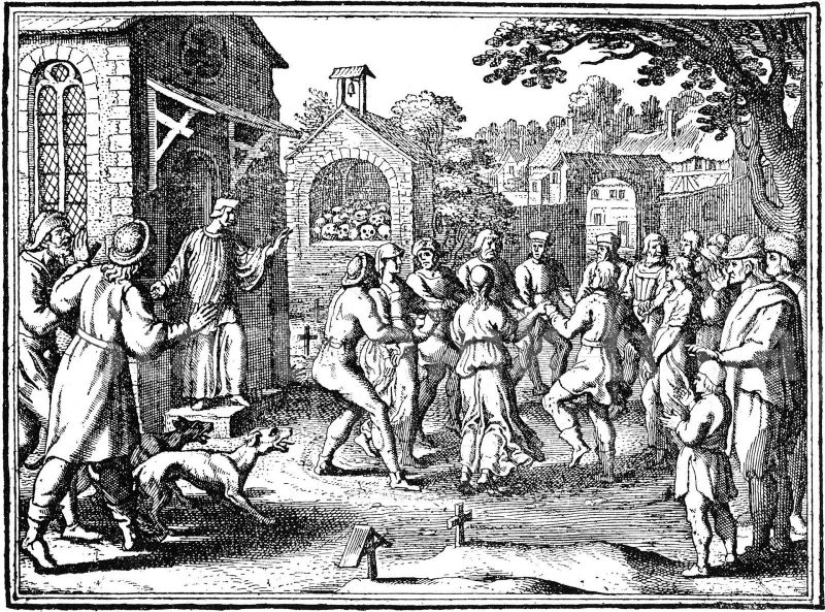
In favor of the psychological version says that if the sick to be isolated after the first manifestations of the disease, the infection of other people is not happening. To fall into the arms of this "plague", a healthy person needed visual contact with patients.
Another theory is that the rave of the epidemic could be caused by neurological diseases, such as chorea. People suffering from this disease in severe form often make limbs convulsive movements, resembling a wild dance. That is why chorea used to be called St. Vitus dance, in honor of the Saint known for healing like patients.
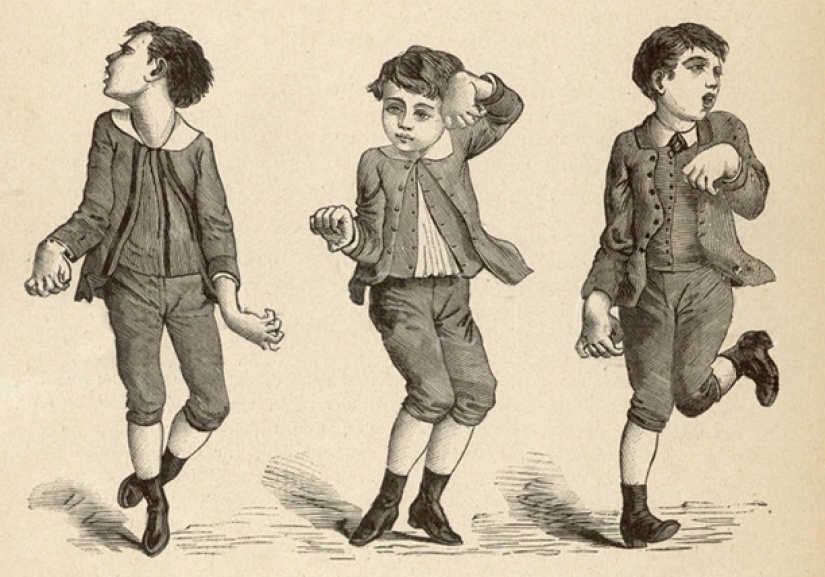
Vintage image of a patient with chorea
The third version is more likely, is considered religious. It is possible that the dances were associated with some unknown in our days, the cult, based on pre-Christian traditions. This is supported by the fact that often dance passed in sexual orgies similar to the ancient bacchanalia in honor of the gods. But, strangely enough, that the length and breadth studied the religious life of medieval Europe still hides a secret.
It is possible that none of the listed versions do not reflect the real nature of things and we have yet to learn the mystery of the most unusual epidemics in human history. This can be important, because people occasionally come across strange illnesses mass, though not connected with dancing. A good example is the epidemic of laughter that swept in 1962, hundreds of students in African Tanganyika and neighboring Uganda.
Keywords: Disease | Heart attack | Rescue | Dance | Academics | Church | Plague | Epidemic
Post News ArticleRecent articles

Sometimes you see a tattoo on a person and think: "Why did he do it at all?". A familiar feeling? If you have never experienced it, ...

Taxi ride like a lottery — you never know if you will pull the winning ticket. Even the official services like Uber does not ...
Related articles

According to the who, from diseases related to Smoking, every eight seconds a person dies. The number of deaths per year up to five ...

We all know that allergies can be cats, dogs, chocolate, citrus fruits and pollen. But things that can cause a dangerous reaction, ...

We are sure that taking a nap in the afternoon for an hour or two is useful for everyone. Such a dream, if a person can afford it, ...

Finnish photographer Juha Tanhua has shot an unusual series of "space photos". Astrophotographic images of stars, galaxies and ...